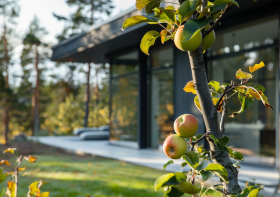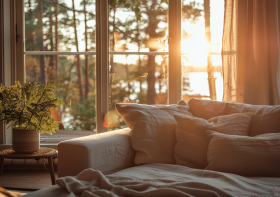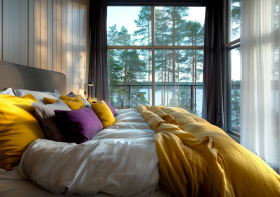The Timeless Appeal of Neutral Colors in Interior Design
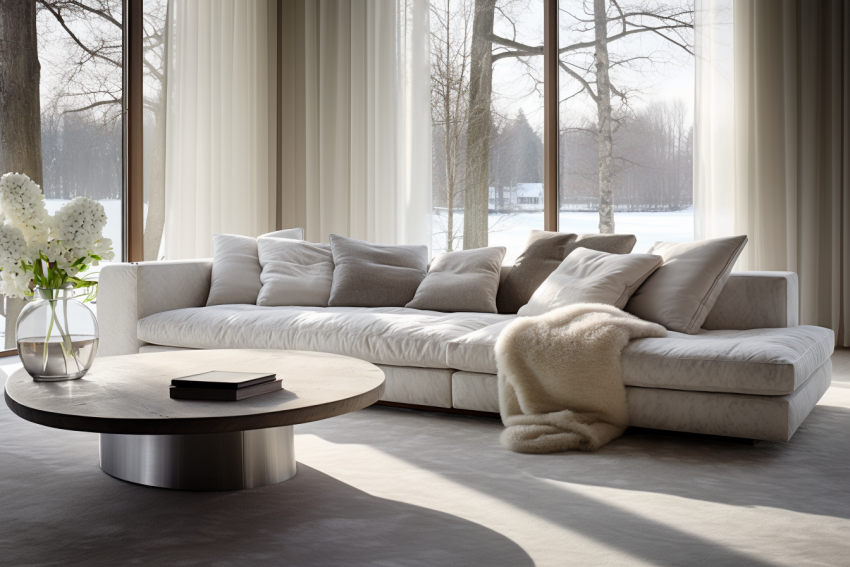
Have you ever wondered why so many of the world’s most elegant and serene interiors often seem to whisper rather than shout? The secret lies in their masterful use of neutral colors, a palette that has become the heartbeat of countless design styles across the globe. From the minimalist charm of Scandinavian living rooms to the warm embrace of rustic kitchens, neutral hues are the unsung heroes of interior design. These colors have the unique ability to transcend trends, adapt to any setting, and bring a sense of calm and sophistication to our living spaces. In this post, I’ll uncover how these understated shades create harmonious, timeless, and versatile environments that speak to the soul.
Neutral colors
Neutral colors are often described as the foundation of interior design, providing a canvas upon which a room’s aesthetic can be built and evolved. These colors, typically including shades like white, beige, gray, and black, are characterized by their lack of strong chromatic content. They don’t dominate the space but rather complement and harmonize with other design elements.
In interior design, neutral colors serve several key roles. They create a sense of balance and tranquility, making spaces feel more open, airy, and calming. This subtlety allows for versatility; neutral-colored rooms can easily adapt to different styles, accents, and seasonal decor changes. Neutrals also have a timeless quality, ensuring that spaces don’t look dated as trends come and go.
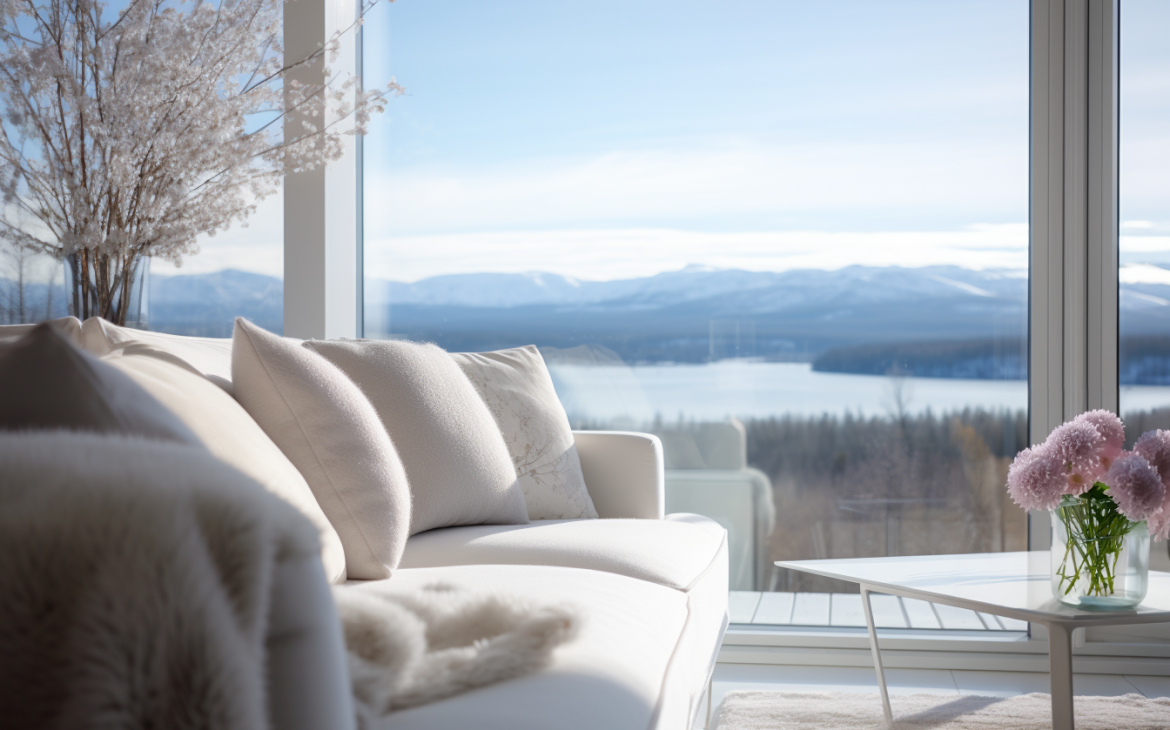
The psychological impact of neutral colors
The psychological effects of neutral colors on mood and ambiance in interior design are profound and multifaceted. These subtle hues have the power to evoke a range of emotional responses, largely due to their calming and unobtrusive nature.
- Calmness and Serenity: Neutral colors are synonymous with calmness. Shades like soft beige, light gray, and creamy white can create a peaceful and tranquil atmosphere. This tranquility makes them ideal for bedrooms, bathrooms, and other spaces where relaxation is key.
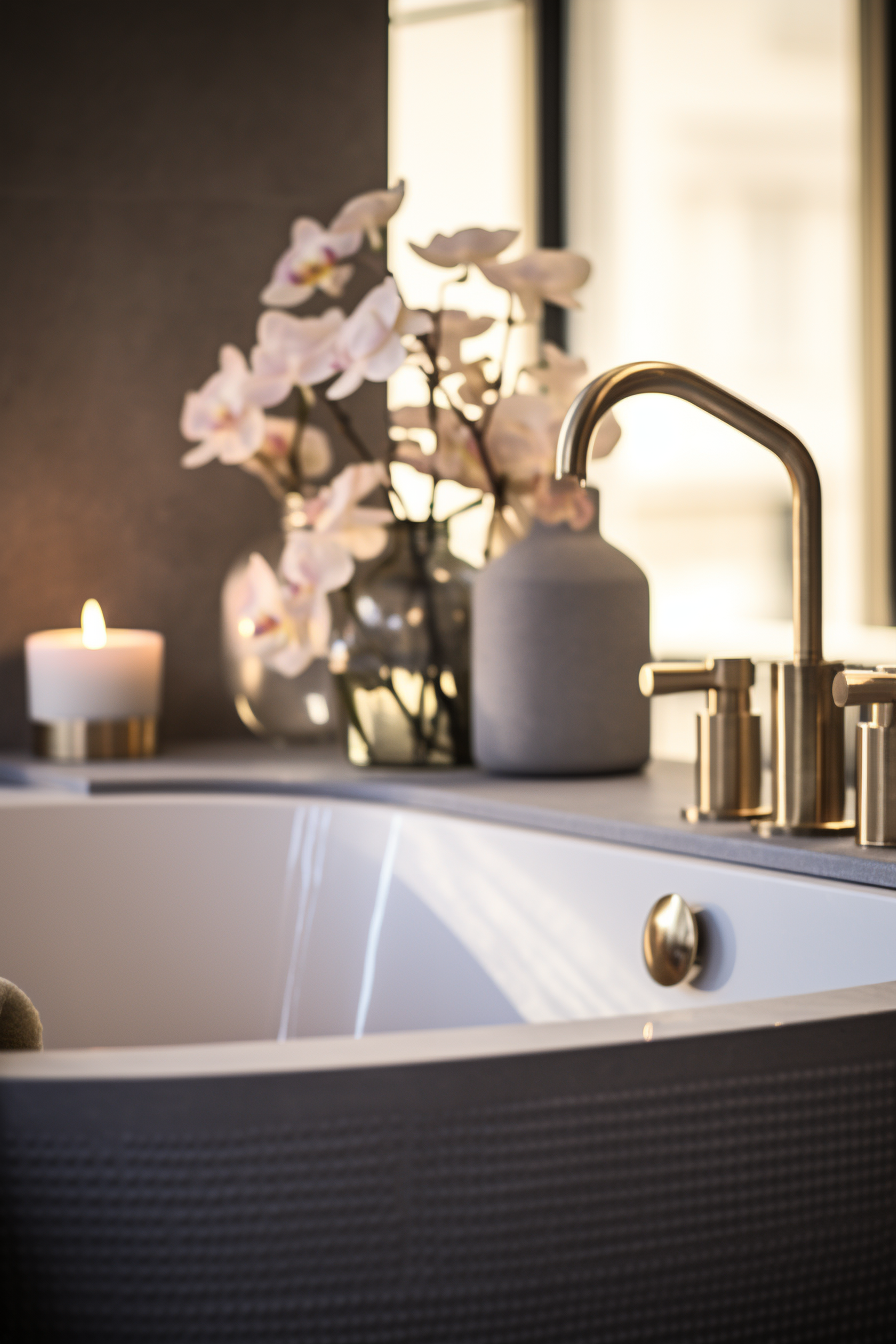
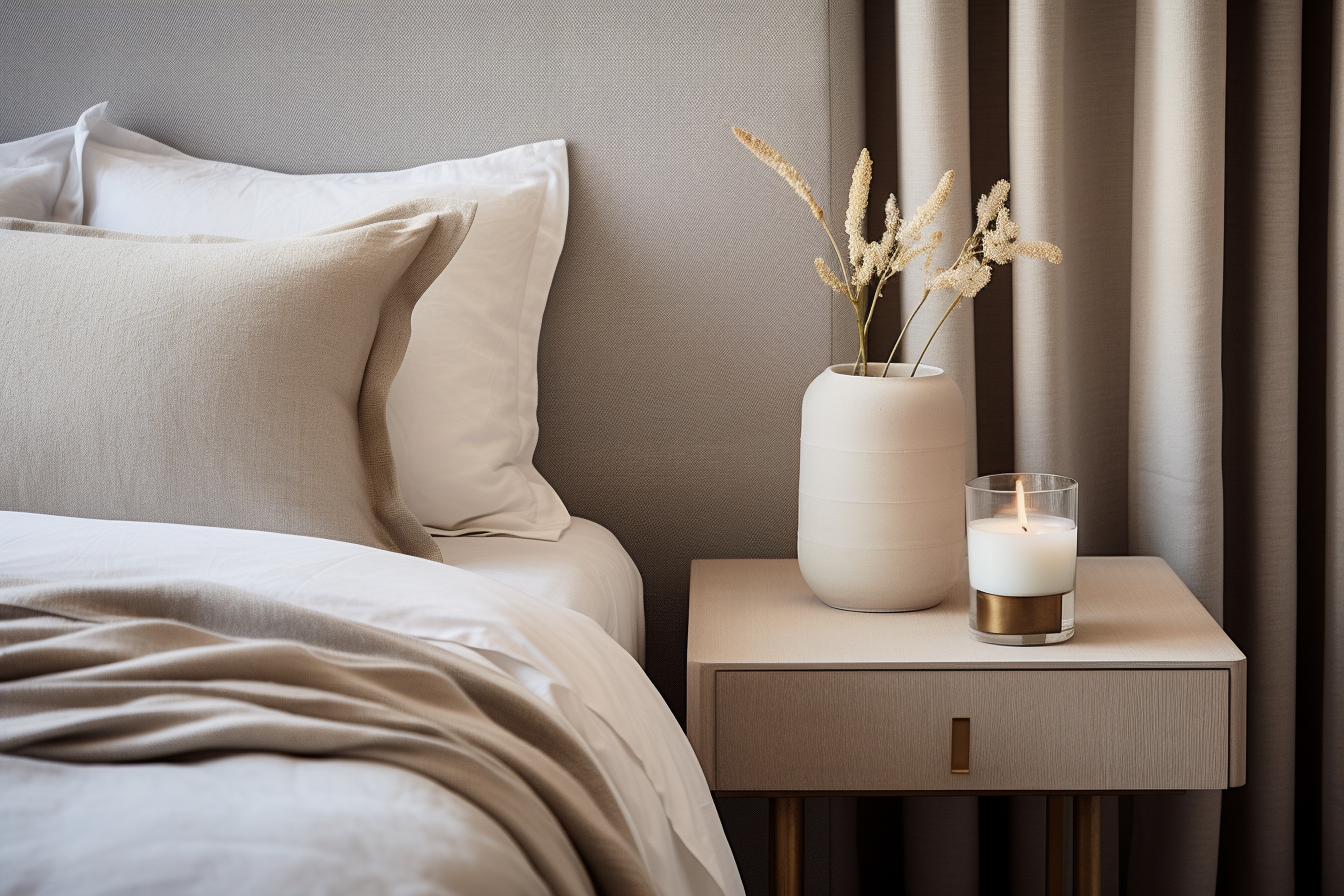
- Sense of Space and Openness: Lighter neutrals, particularly whites and light grays, have a unique ability to make rooms feel more spacious and airy. They reflect light, helping to brighten spaces and create an illusion of a larger area. This can lead to a psychological sense of freedom and openness.
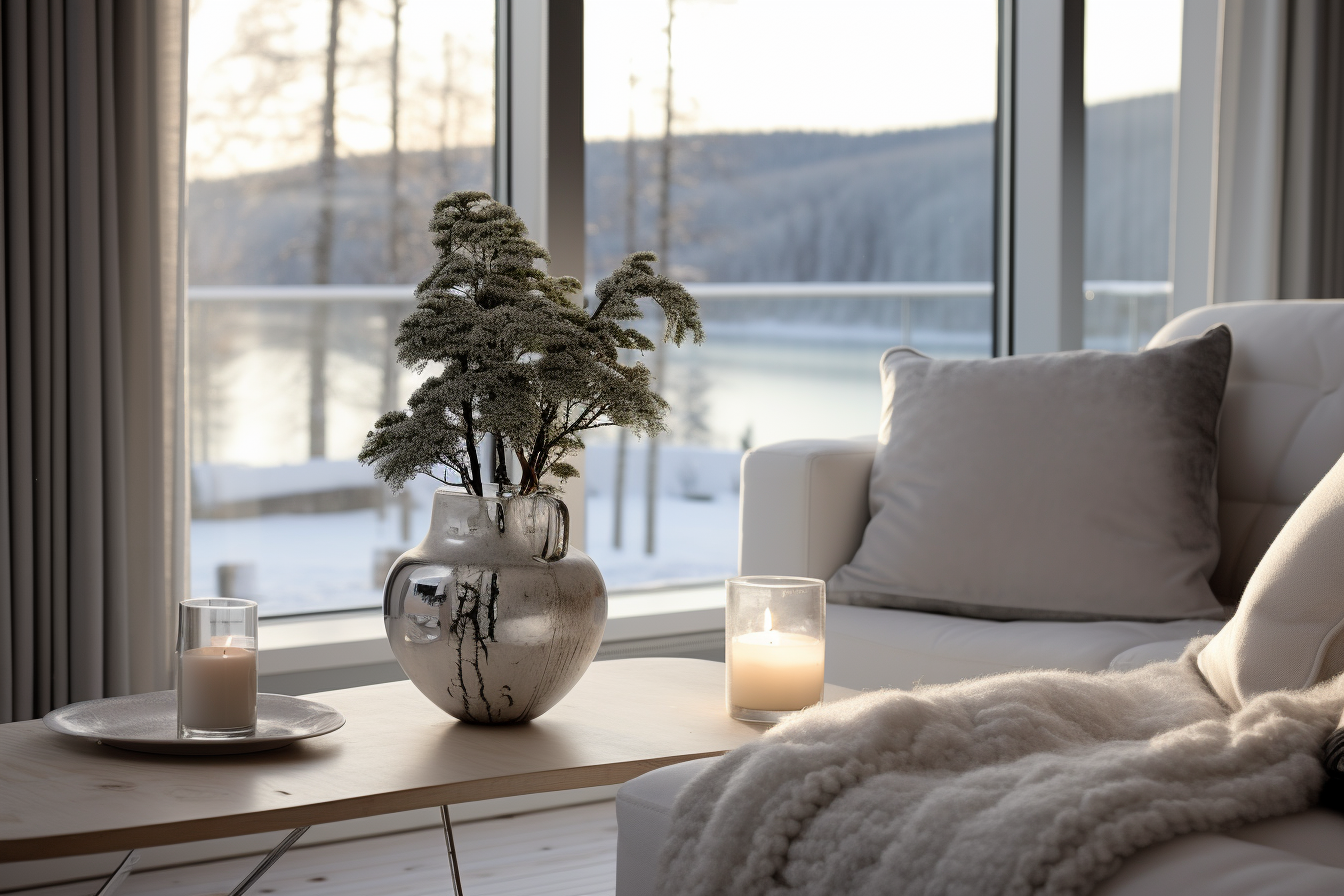
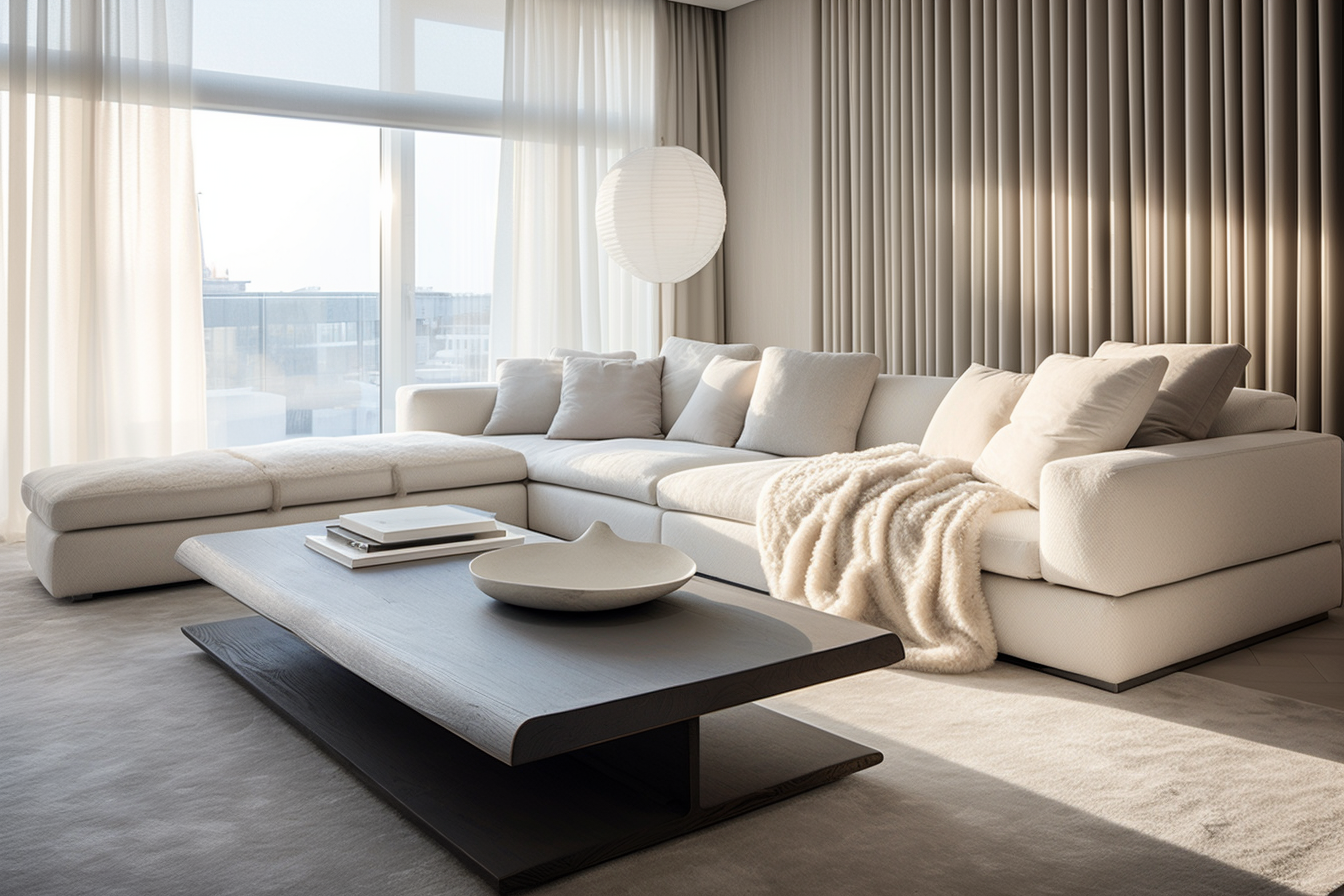
- Sophistication and Elegance: Neutral colors are often associated with sophistication and understated elegance. They provide a clean, chic backdrop that can make a space feel more refined and polished. This can enhance the perceived value and aesthetic appeal of a room.
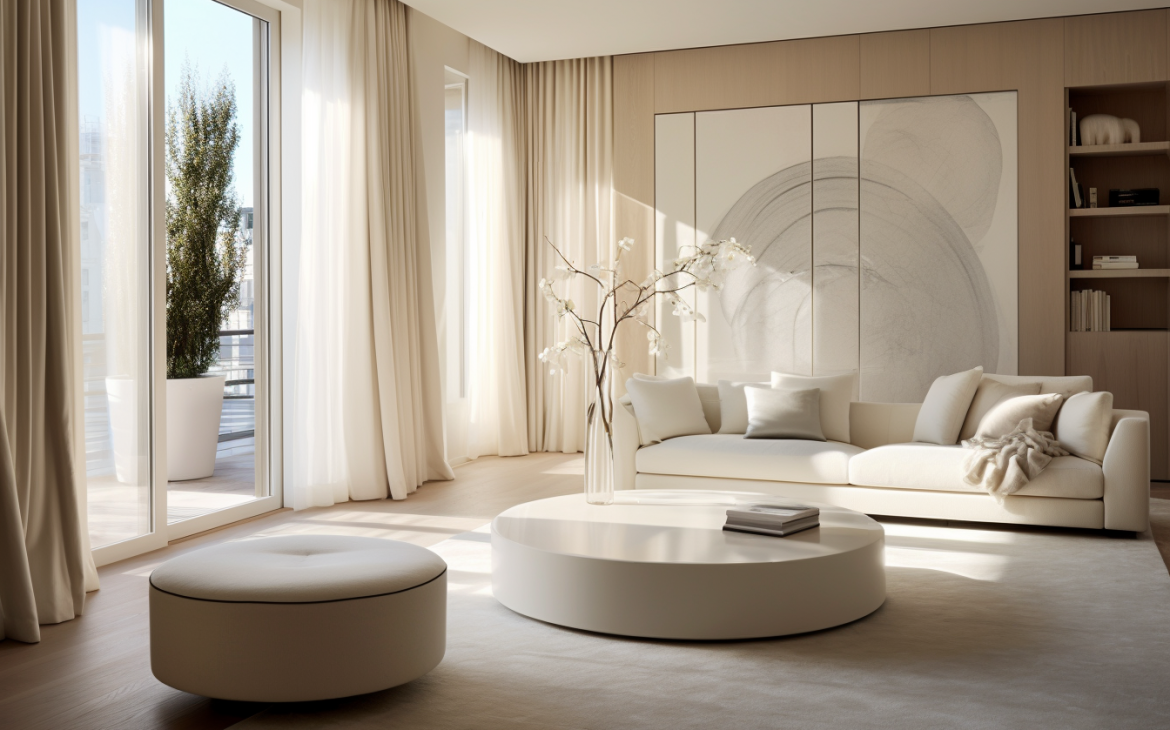
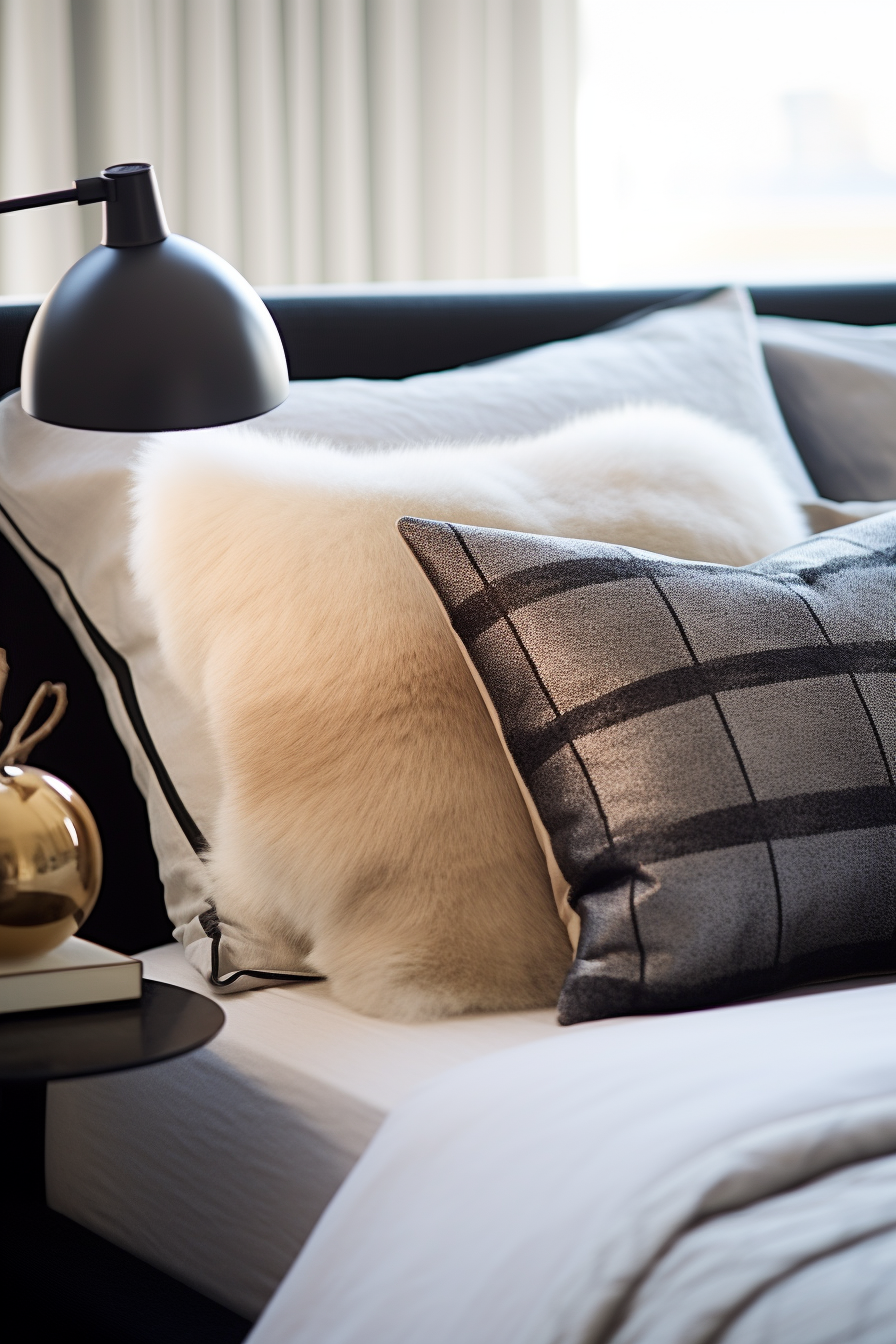
- Versatility and Balance: Neutrals are incredibly versatile, providing a balanced backdrop that can adapt to various styles and preferences. This flexibility can reduce anxiety associated with making design choices, as neutral colors are less likely to clash with other elements in a room.
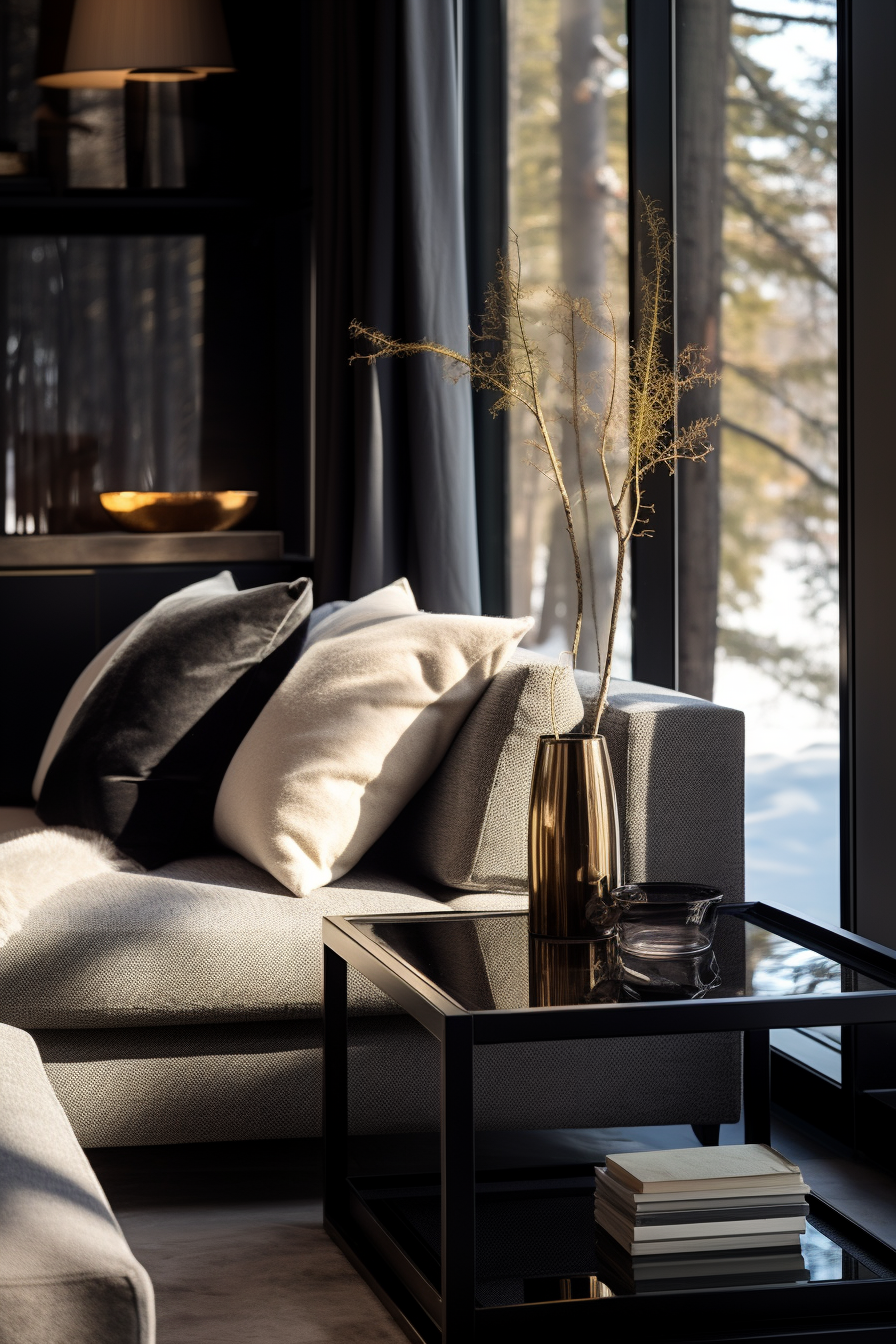
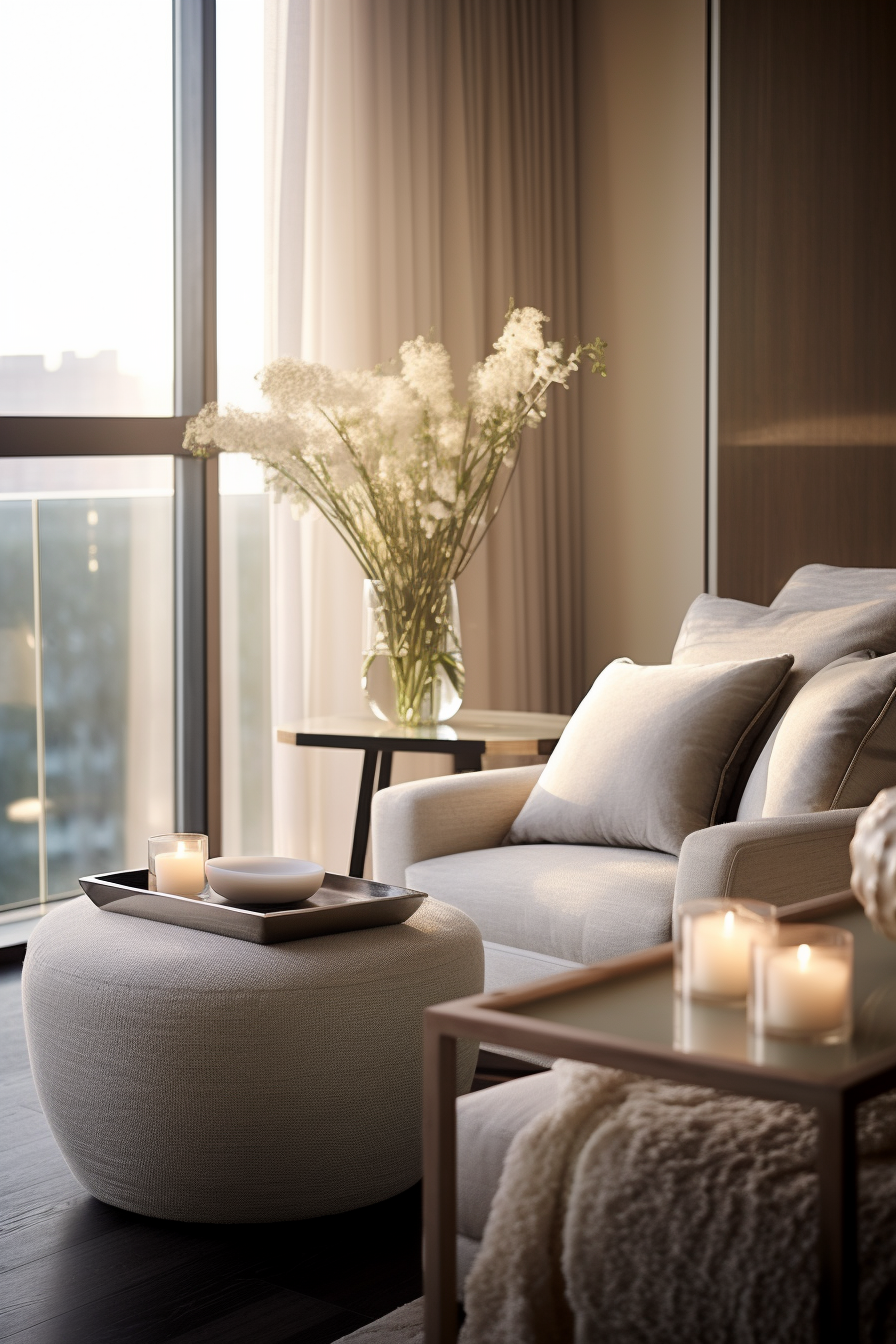
- Focus and Clarity: By eliminating the distractions of bold colors, neutral interiors can promote focus and clarity of thought. This makes them suitable for home offices or study areas, where concentration is essential.
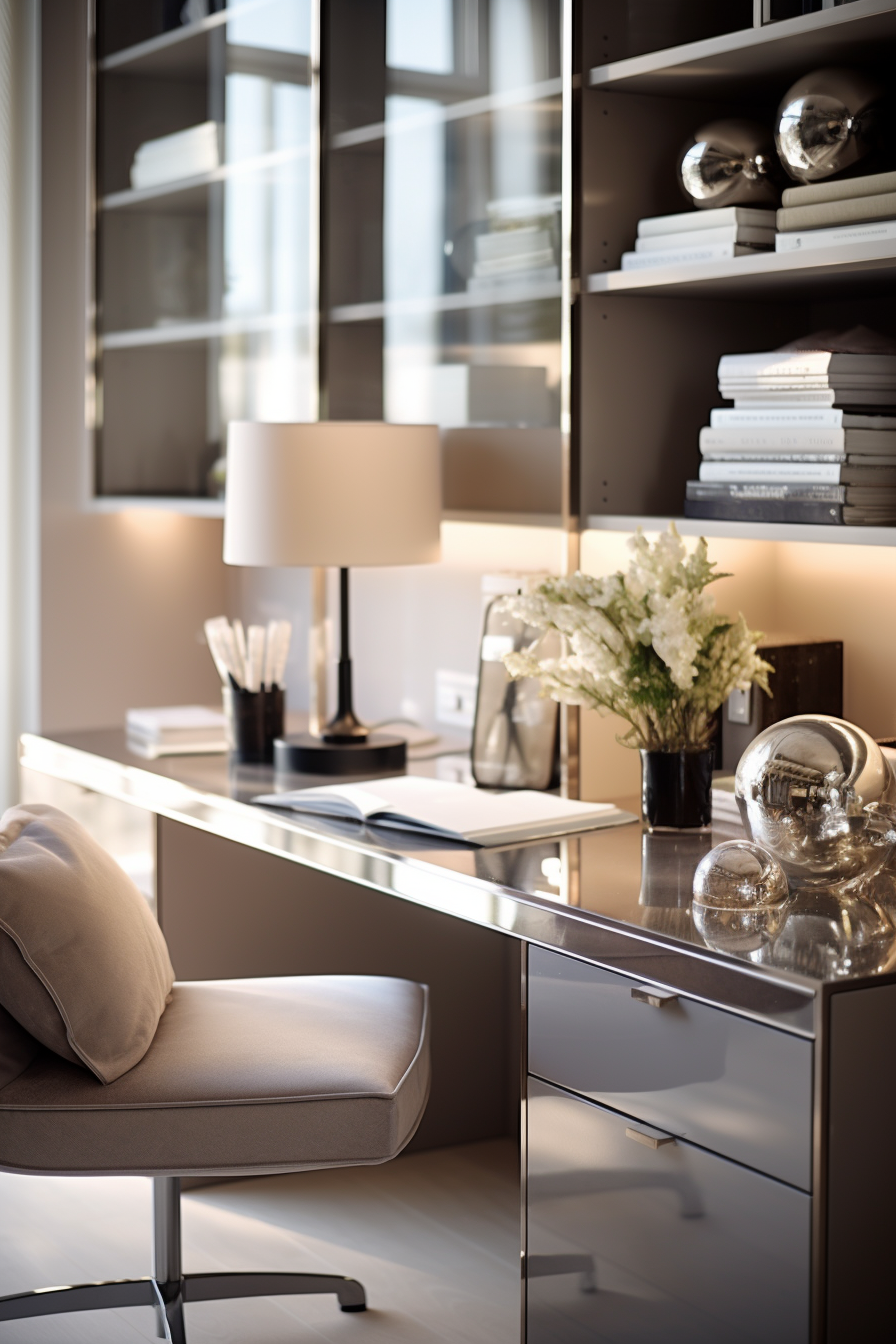
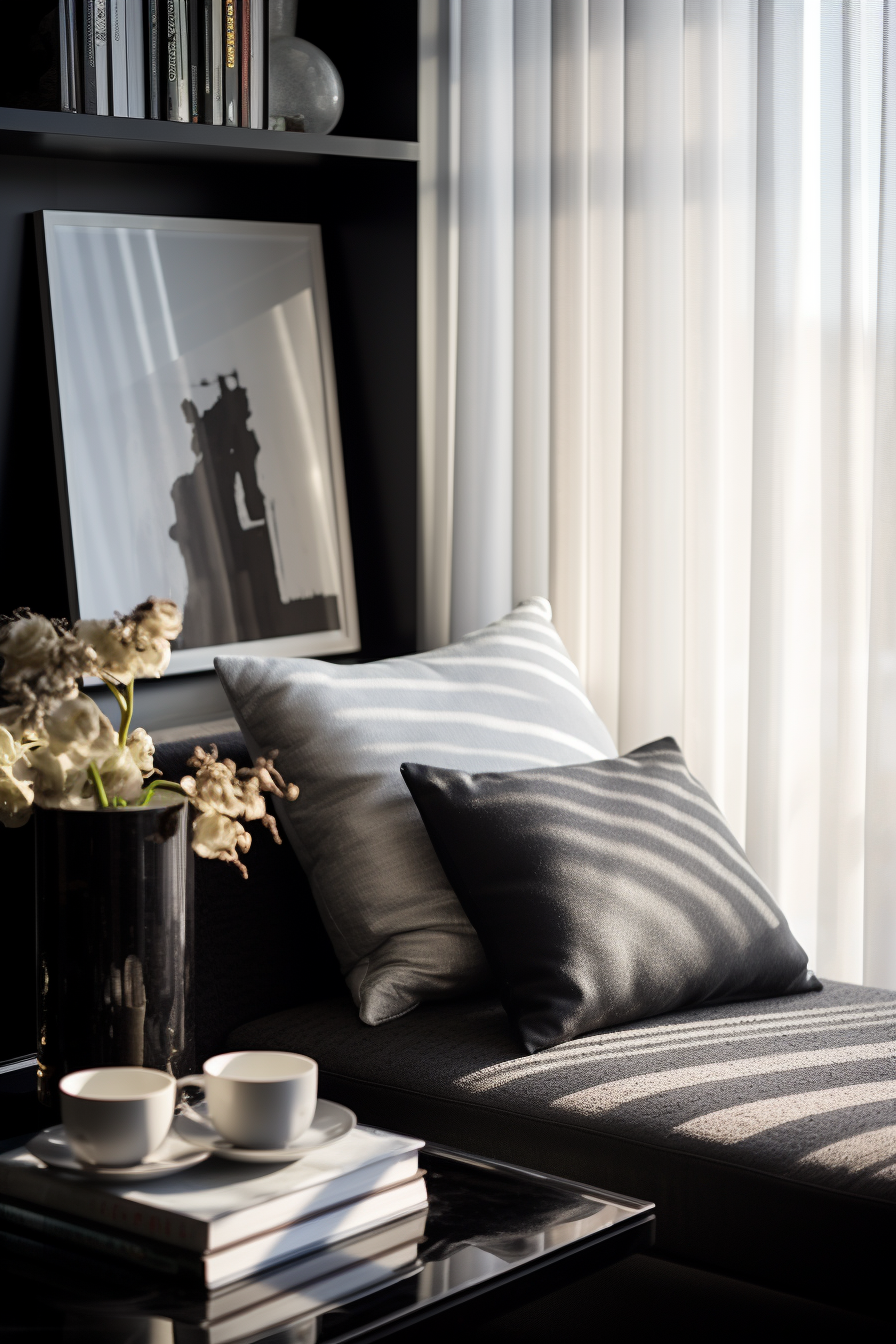
- Warmth and Comfort: Warmer neutral tones like beige and taupe can create a sense of warmth and coziness. This is particularly beneficial in creating welcoming living spaces where comfort and togetherness are prioritized.
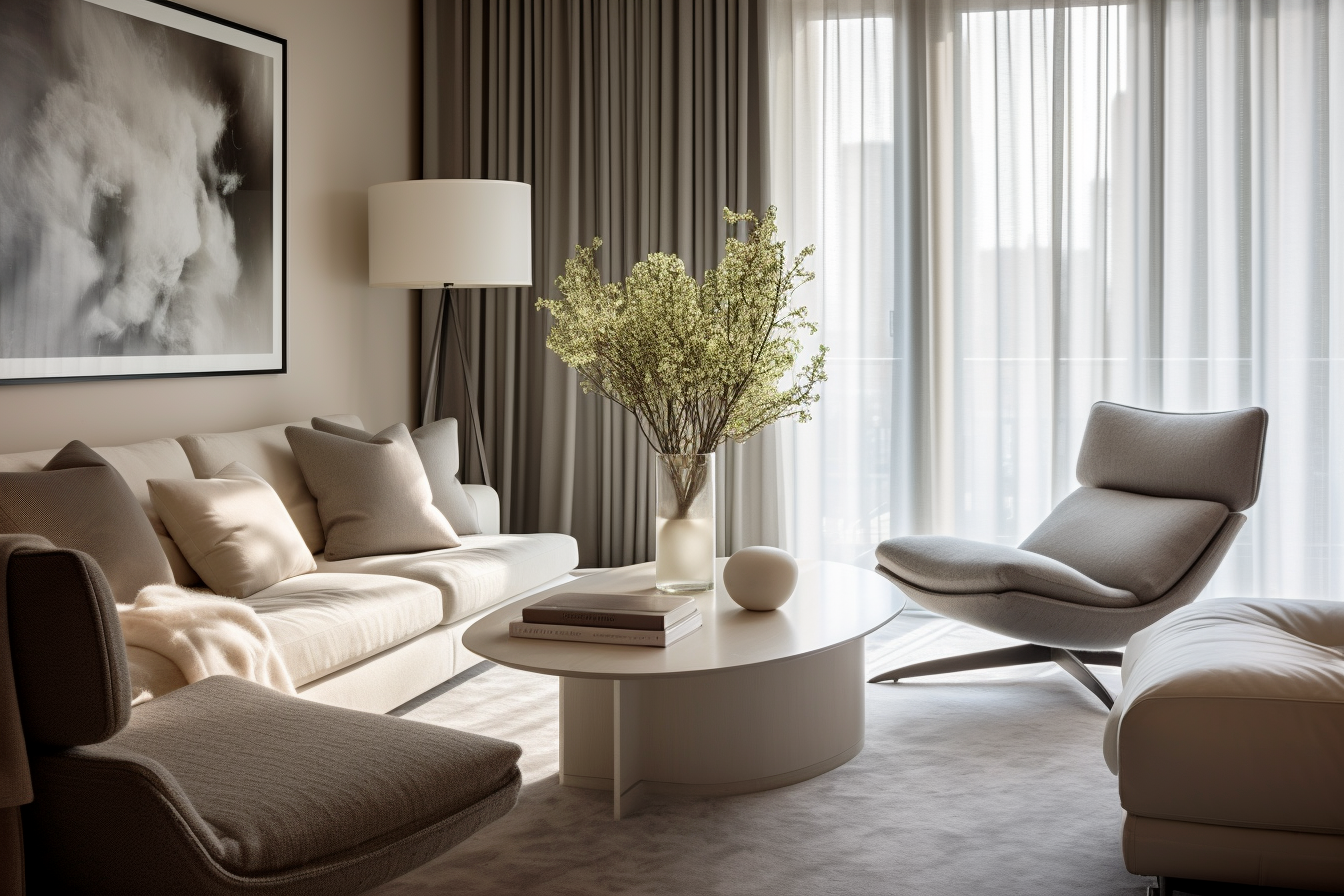
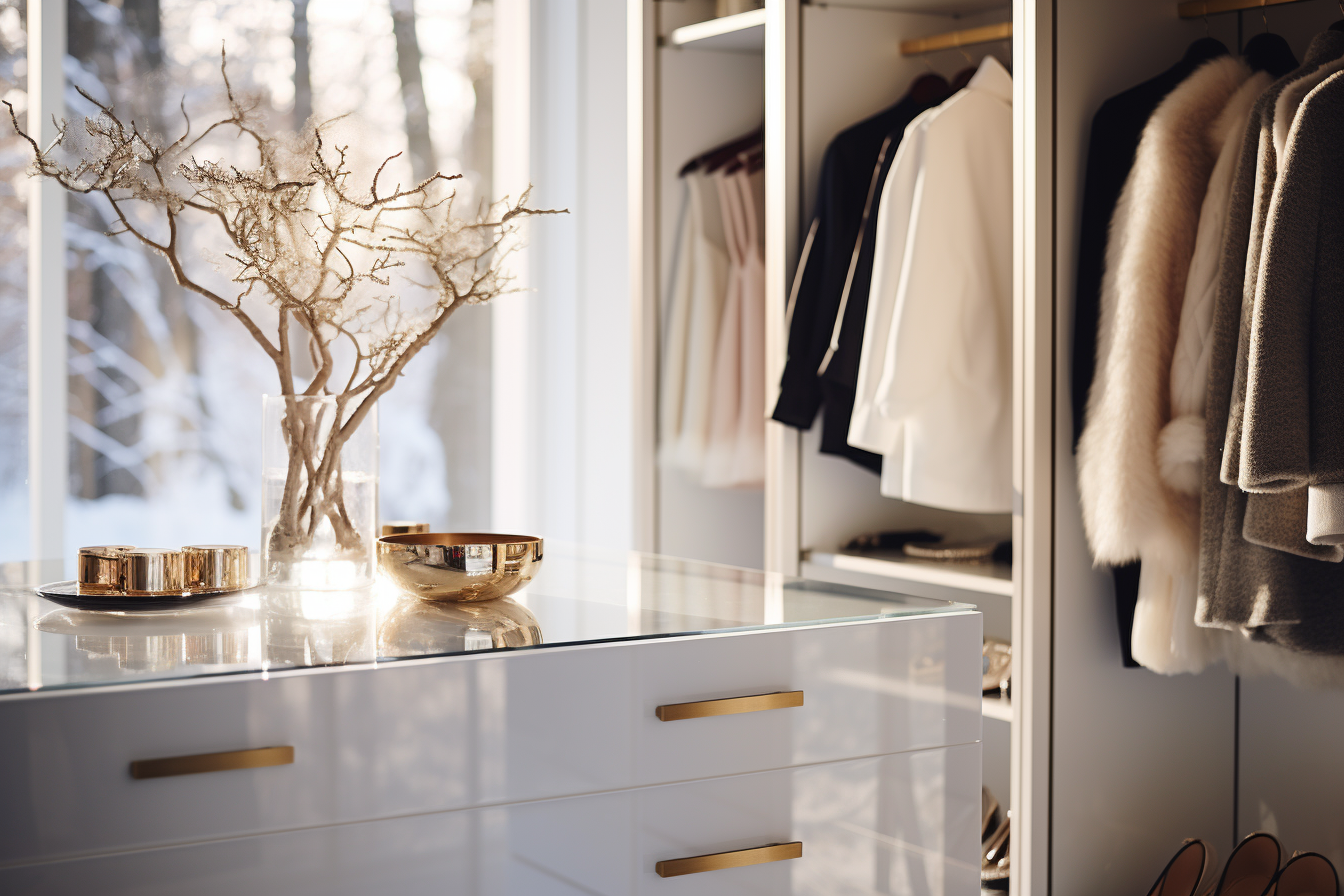
Neutral colors remain stylish despite changing trends
Neutral colors possess an inherent flexibility that allows them to blend seamlessly with a wide range of design styles, from contemporary to traditional. This adaptability means that as trends evolve, neutral-colored backdrops can easily be updated with new accent pieces, textiles, or art, keeping the space current without the need for a complete overhaul.
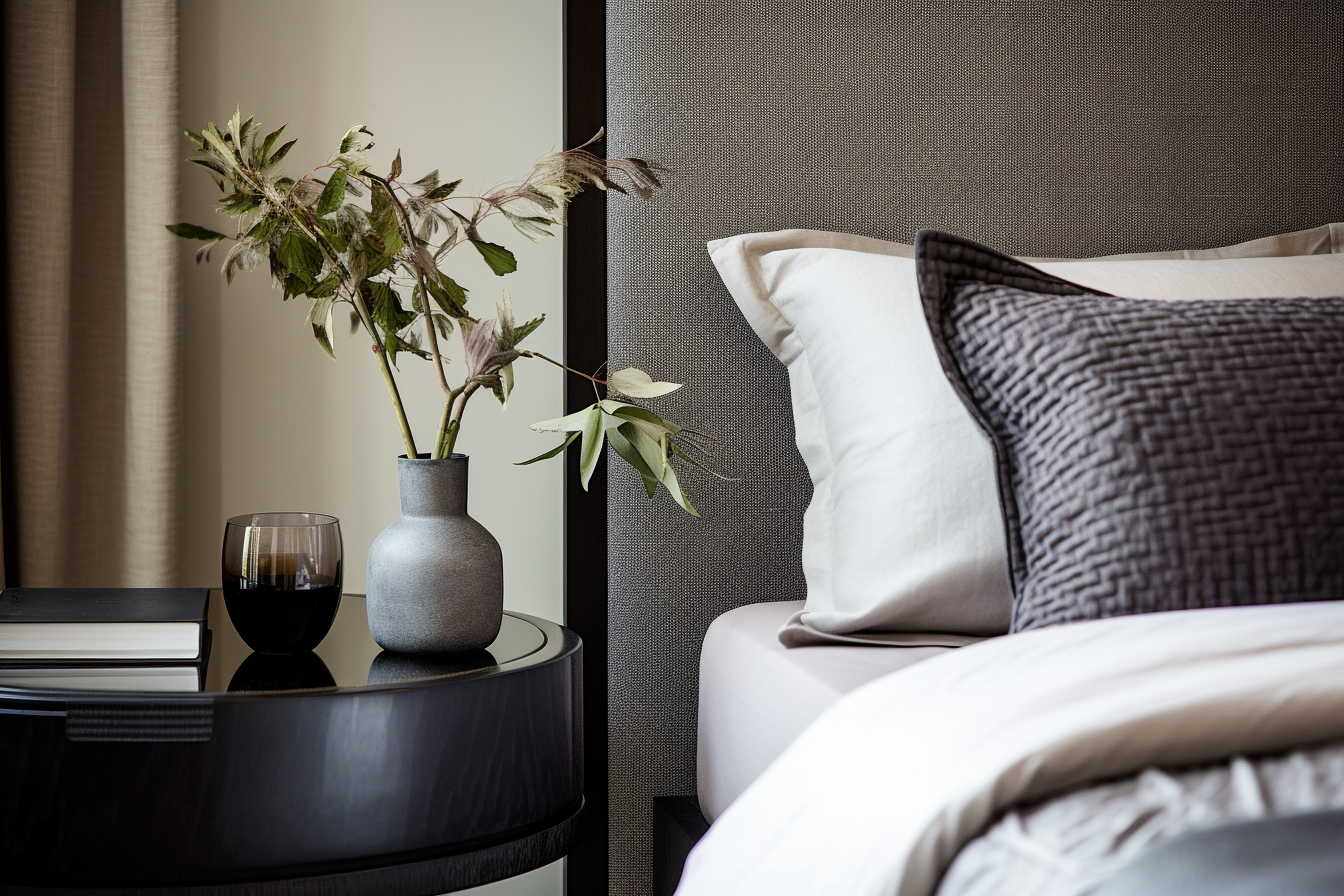
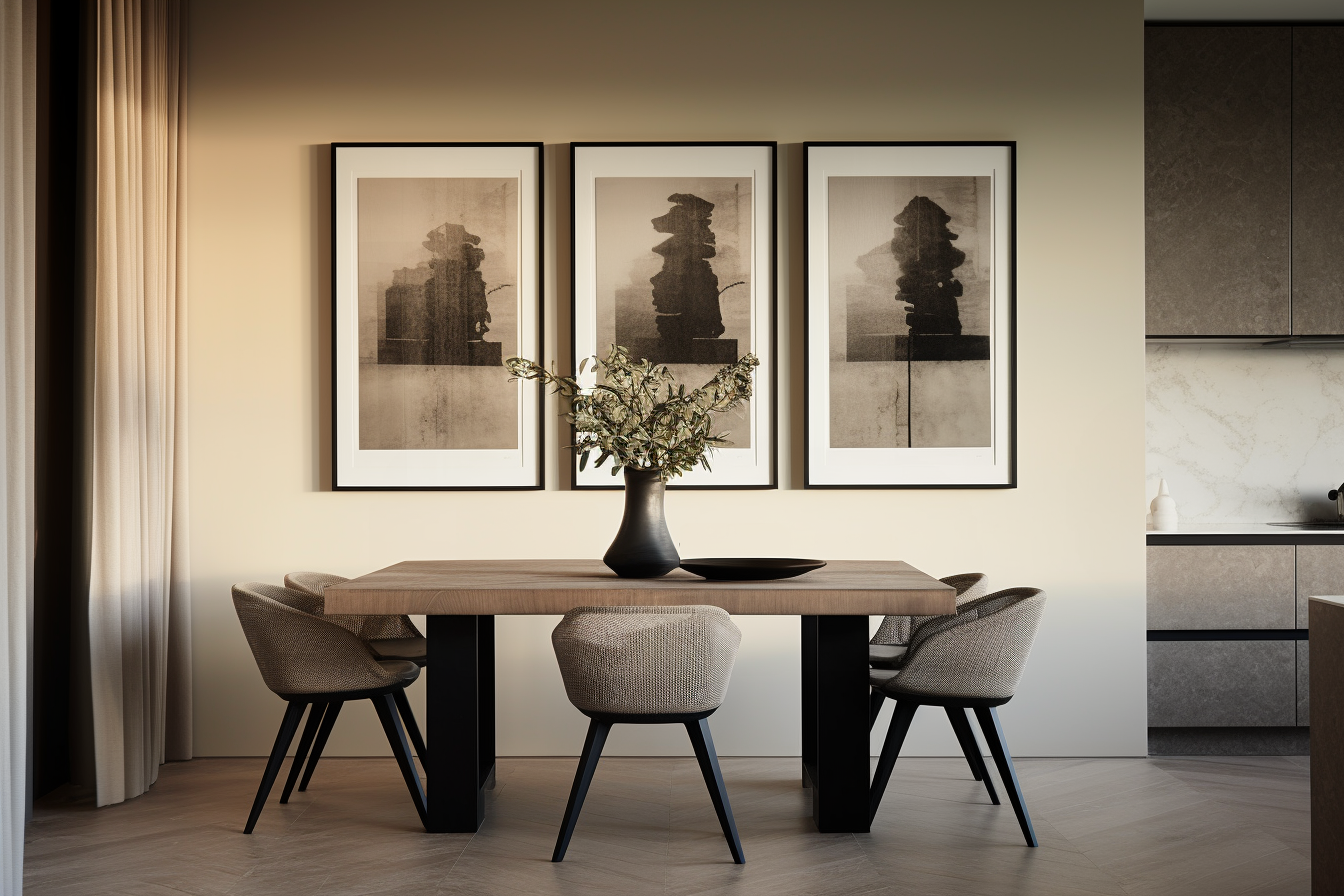
Neutrals are synonymous with elegance and sophistication. Their understated nature lends a room an air of refinement and class that doesn’t age. Unlike more vibrant, trend-driven colors that can quickly feel outdated, neutrals maintain a chic and polished look over time.
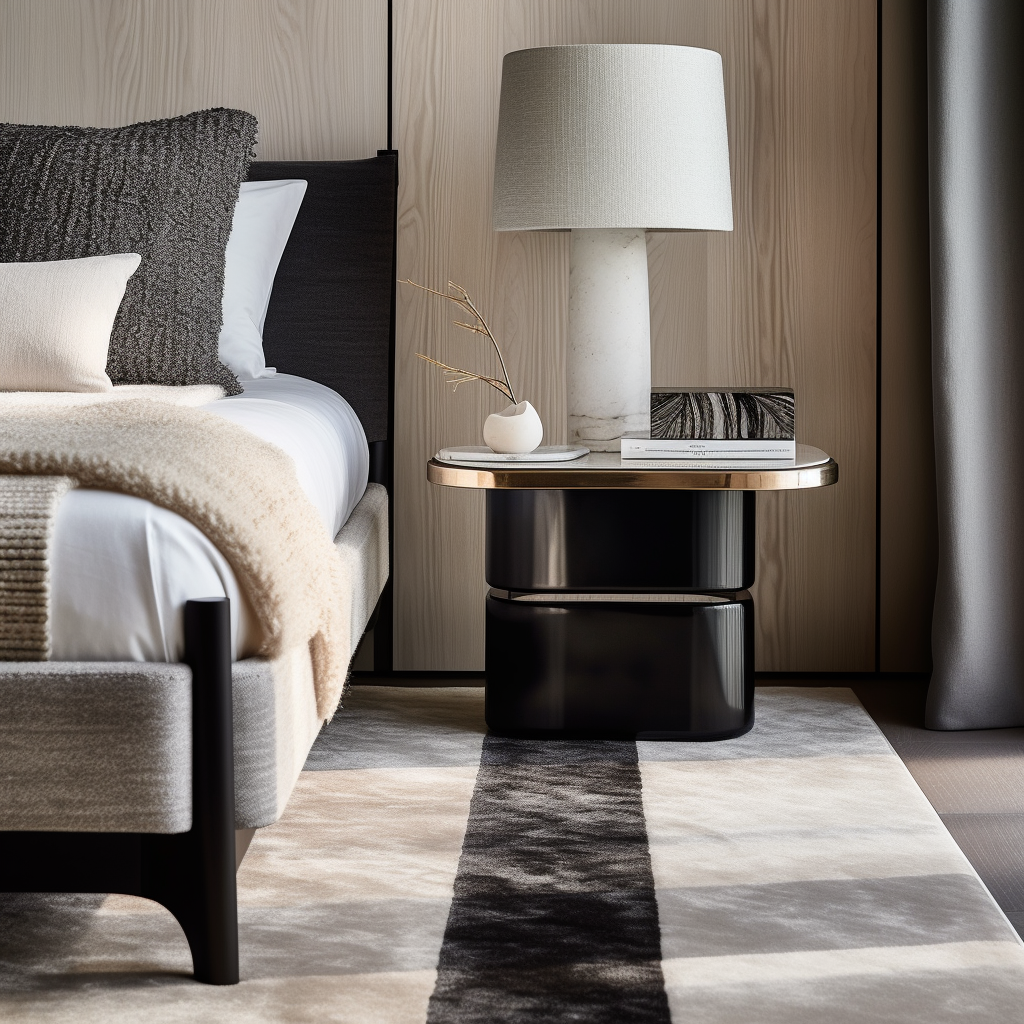
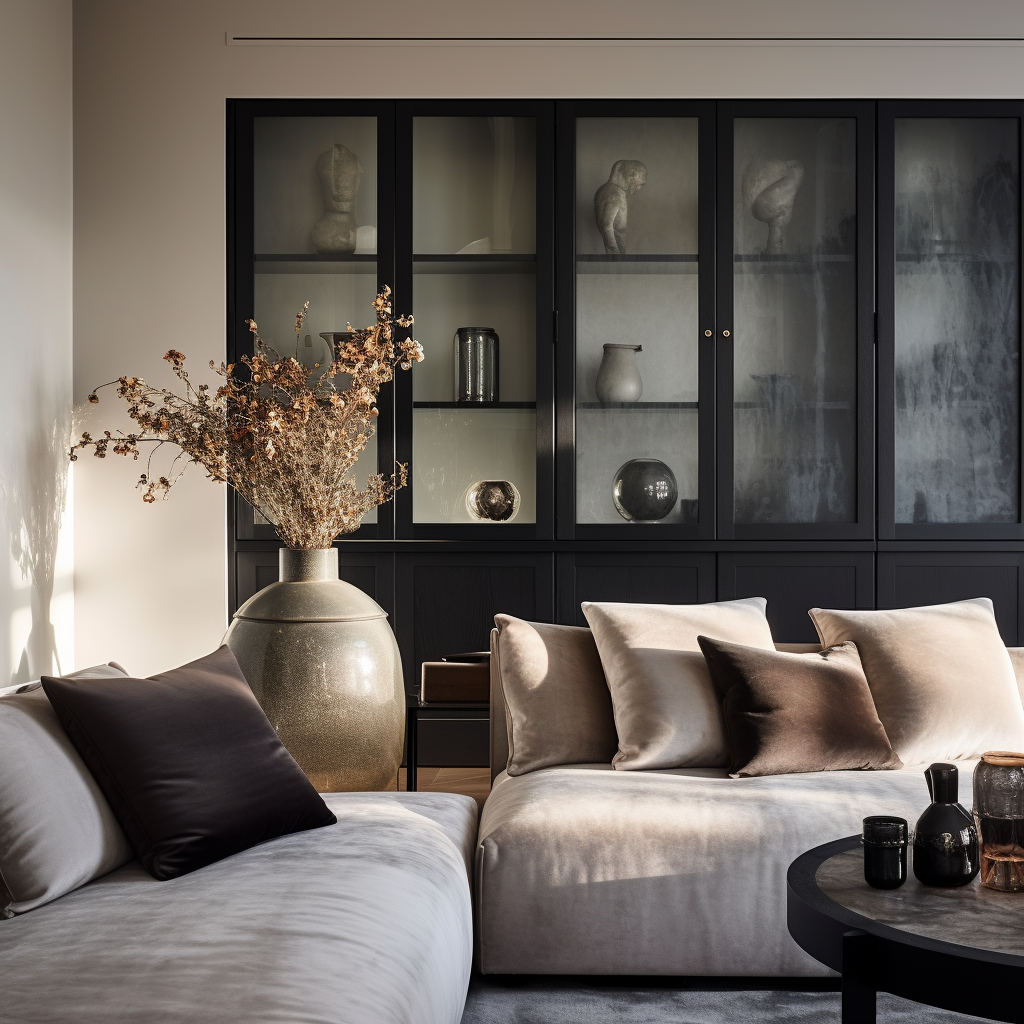
Neutral colors provide a perfect backdrop for experimentation with textures, patterns, and accent colors. This allows for easy updates to a space’s decor without clashing with the existing color scheme. As trends change, it’s simpler to switch out smaller, more vivid elements than to repaint or redesign an entire room.
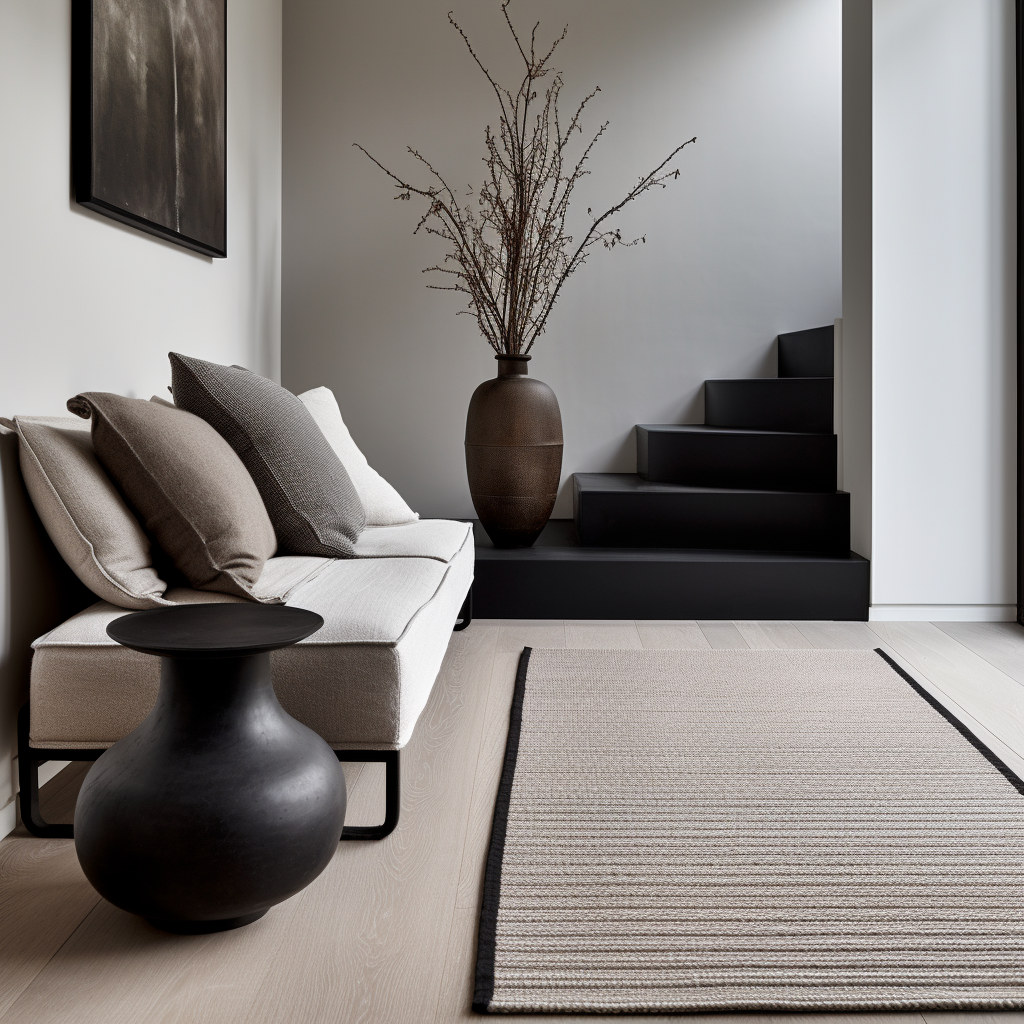
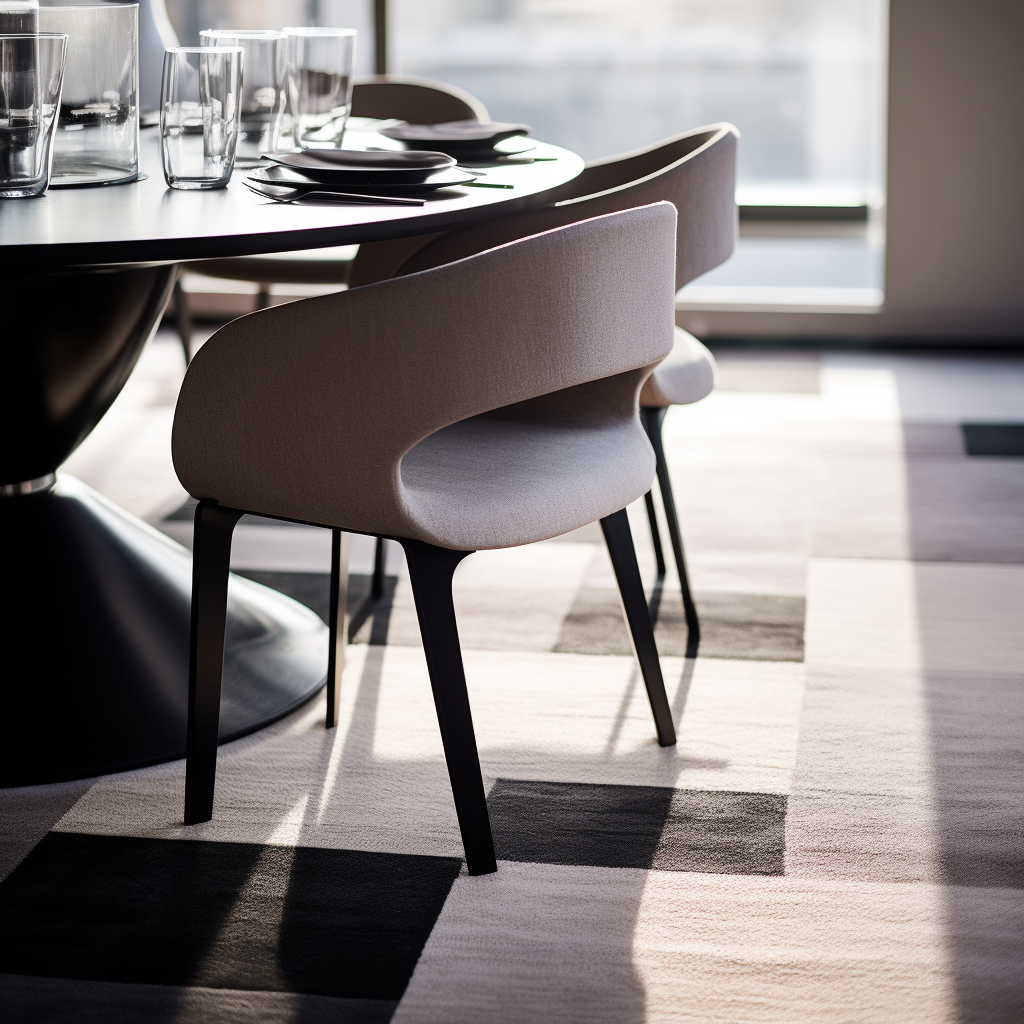
Neutral colors have the ability to highlight a space’s architectural features, rather than detract from them. This focus on the beauty of the space itself, rather than the color on the walls, ensures a timeless appeal.
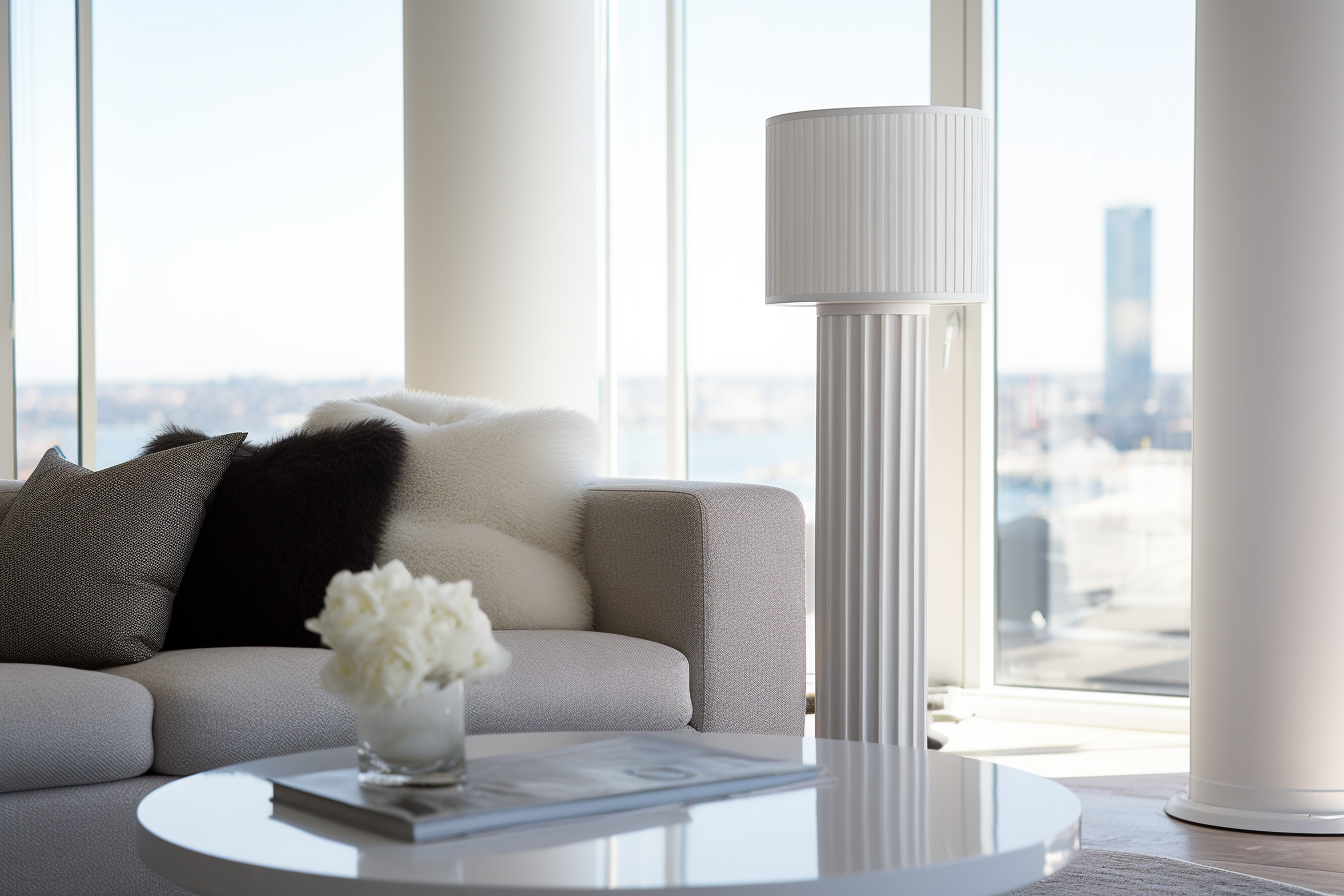
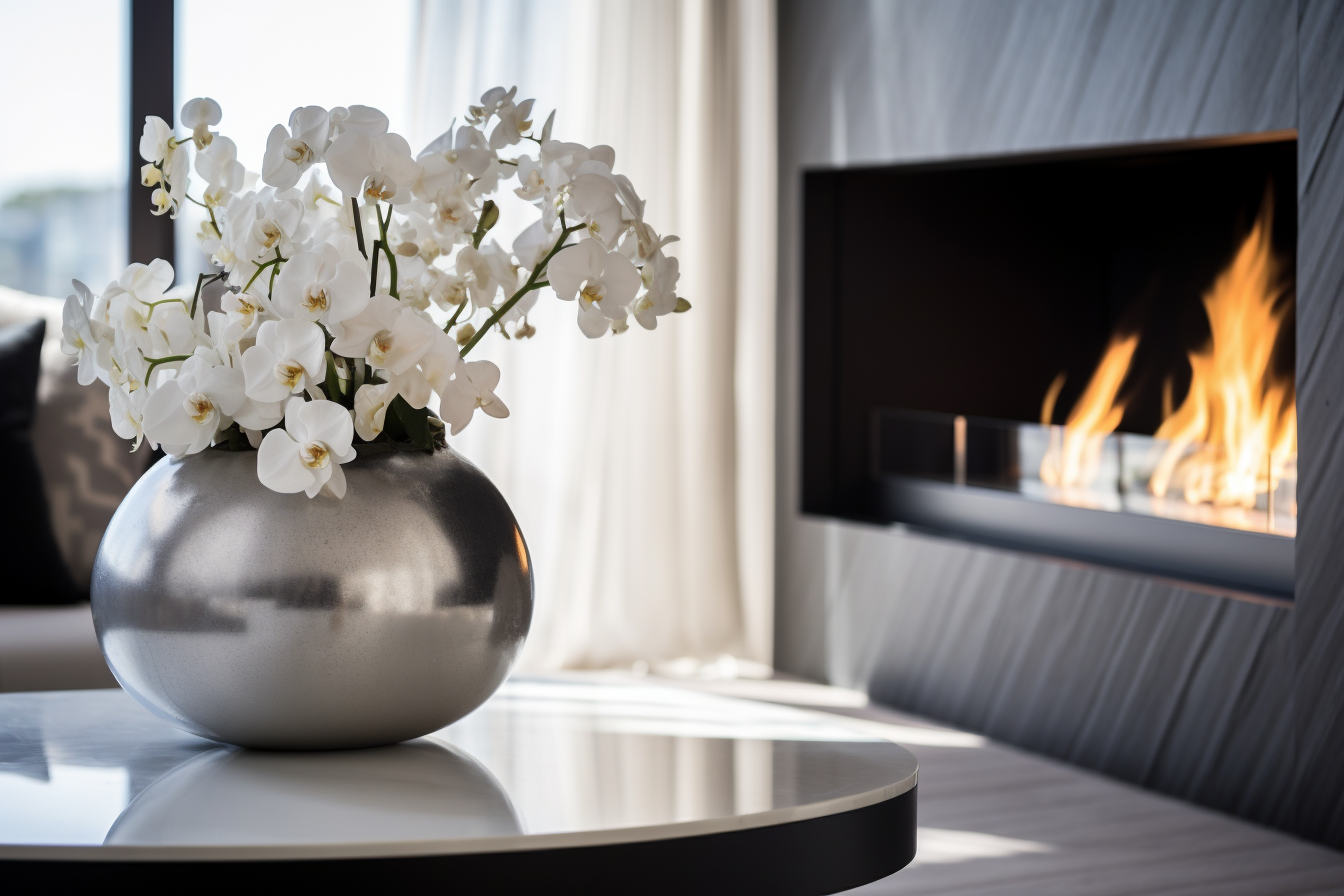
Neutral interiors often have a broad appeal due to their versatility and soothing nature. This universal appeal makes them a safe choice for both residential and commercial spaces, ensuring their enduring popularity.
The rise of eco-friendly and sustainable design has further cemented the place of neutral colors in modern interior design. Neutrals pair beautifully with natural materials like wood, stone, and metal, emphasizing a connection to the natural world and creating a serene, grounded environment.
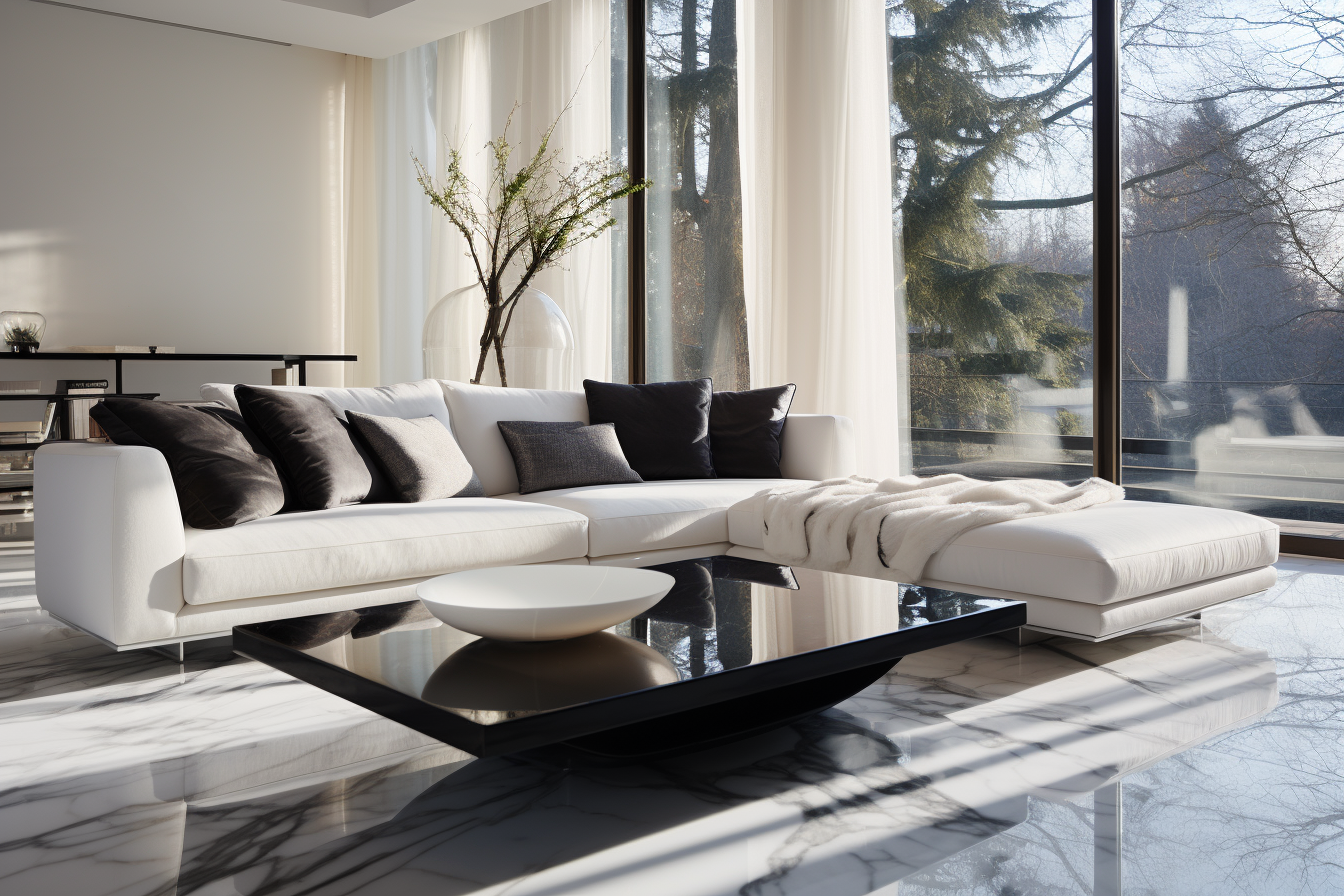
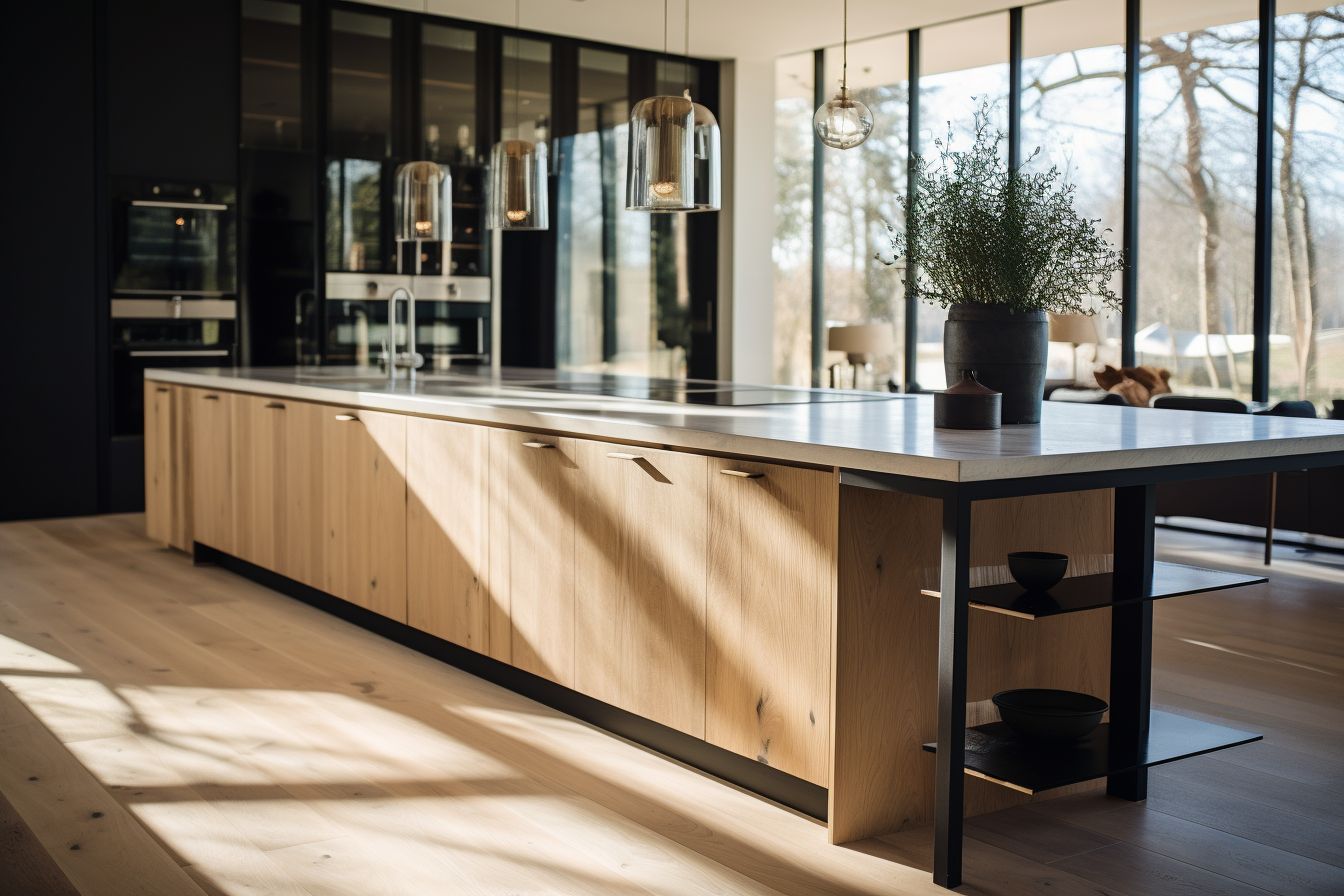
In essence, the enduring popularity of neutral colors in interior design stems from their ability to provide a versatile, elegant, and timeless foundation that can gracefully withstand the test of time and shifting trends.

